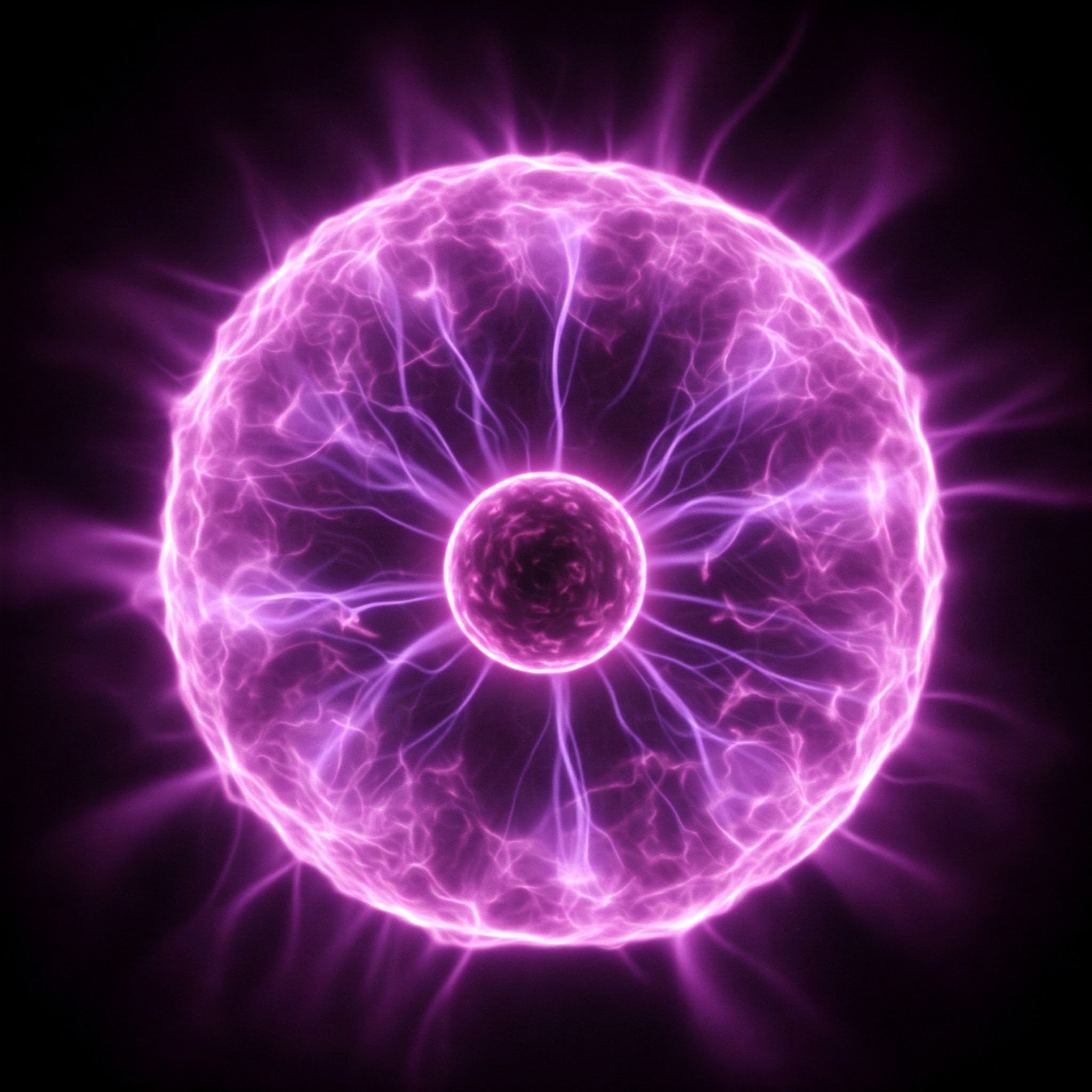Zap Energy has successfully demonstrated nearly perfect neutron isotropy in its FuZE device, proving that its plasma remains in thermal equilibrium. This breakthrough confirms that sheared-flow-stabilized Z-pinch fusion is viable for scalable, net-energy fusion, overcoming past failures in Z-pinch technology.
Key Challenges Overcome?
- Plasma Stability: Previous Z-pinch experiments failed due to plasma instabilities, which led to unwanted beam-target fusion rather than thermal fusion. Zap Energy’s method has achieved stable thermal fusion, confirming its scalability.
- Neutron Isotropy: The nearly isotropic neutron emissions indicate that fusion is occurring through thermal mechanisms, rather than unstable, inefficient beam-target interactions. This is a crucial validation step toward practical fusion energy.
- Scalability Potential: The FuZE device’s results suggest that doubling plasma size should maintain stability, meaning larger reactors could maintain equilibrium and generate net energy.
Applications of This Breakthrough:
- Fusion Energy Generation: This advancement brings us closer to developing a commercial fusion power plant, which could provide a clean, unlimited energy source.
- More Efficient Fusion Designs: Demonstrating that sheared-flow stabilization can overcome plasma instabilities may allow fusion researchers to develop alternative magnet-free fusion reactors.
- Improved Neutron-Based Applications: The ability to generate controlled, stable neutron fluxes has implications in medical isotope production, material testing, and nuclear physics research.
- Next-Generation Fusion Devices: The success of FuZE opens the door for higher-energy tests in FuZE-Q, Zap’s next-generation reactor, potentially leading to net energy production.
This marks a significant step in solving the long-standing problem of scalable fusion energy without the need for external magnetic confinement, making the Z-pinch approach more viable for future energy solutions.

